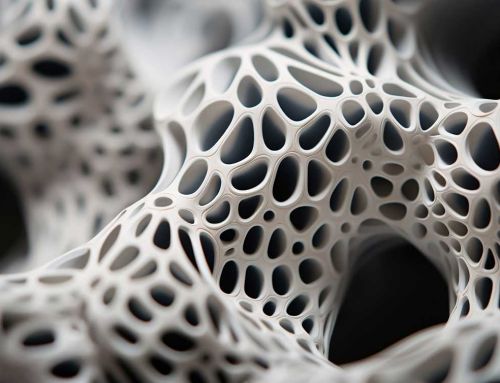The result of a collaboration between the engineering company ARUP, the financial company Old Mutual Properties and the architectural firm Mick Pearce Architect, a unique building, the largest shopping and office centre in Zimbabwe at the time, and the first shopping centre in the world to use a natural cooling system, opened its doors to the public in 1996. It was, and is, the Eastgate Centre in Harare, the country’s capital. We recover here, 28 years later, a pioneering project that still today represents a model of architecture and construction for its low carbon footprint and energy efficiency, a temple to sustainability that was born when it was not as urgent an issue as it is today. In fact, at the time, the motives that guided its design were more practical and economic than ecological.

Design for balance between energy consumption and comfort
Indeed, according to Mick Pearce’s architectural firm on its website, “Eastgate uses 35% less total energy than the average consumption of six other conventional buildings with full HVAC in Harare”. In addition, the savings in the construction of the project by dispensing with conventional air-conditioning systems was “10% of the total building cost”. As Pearce himself told The Zimbabwean Review in 1995, ARUP required in his design that “no direct sunlight must fall on the external walls at all”, and that “the north façade [direction of summer sun] window-to-wall area must not exceed 25%”. According to ARUP, “Eastgate’s design needed to strike the balance between reducing the building’s energy consumption and providing a comfortable internal environment for its users”.
The termite mounds as a design model
To achieve this, the Zimbabwean architect resorted to biomimicry. He found the model for his design in termite mounds, the high mounds that termites erect in this part of Africa. By building them according to an instinctive design that produces a complex system of tunnels (which the ants open or close as they see fit), and their solid volume (which absorbs or dissipates heat), termites combat climate extremes.
So, Pearce devised the Eastgate Centre as an “exposed thermal mass” of brick and concrete, with a series of 48 large air ducts spread along its length, which run from bottom to top through the 7 floors of offices and connect transversely through the “’voided floor”. As the air is heated by human activity within the offices, it rises up to the vaulted ceiling, where it is sucked into the exhaust sections of one of the 48 large central vertical ducts. In this way, the “sandwich” formed by the vaulted ceiling and the empty floor acts as a heat exchanger. This creates a “stack effect” which allows “cool air to enter its base and warm air to discharge at roof level”. The system is supported by large fans, located in the lower part of the building, which further cools the spaces.

Two orders of architecture in one design
Pearce’s distinction between two types of architecture has caught our attention. One, he explains, is the architecture of the new order, “of brick and reconstructed stone”, while the other, the architecture of the old order, is “of steel and glass”. The Eastgate Centre expresses precisely both architectures.
By the first, the new order, the building approaches “a regionalised style that responds to the biosphere, to the ancient traditional stone architecture of Great Zimbabwe and to local human resources“. Pearce refers to the large overhangs (“of pre-cast concrete, brushed to expose the granite aggregate”) that protect the windows from the sun while increasing the building’s external surface area; they improve heat dissipation at night and minimise heat absorption during the day. From the architecture of the old order, however, the building takes “the lattice steel work, the hanging lift cars, the glass and steel suspension bridges and the glass roof” – a technology brought to Zimbabwe, incidentally, by “mineral-hungry settlers in the late 19th century”.
Architectural design with results
Beyond the energy cost savings in the daily operation of the Eastgate Centre, as well as in the import of equipment and spare parts, beyond the tonnes of CO2 saved to the atmosphere and the environment, the natural ventilation allows the building to be comfortably occupied for 95% of the year, “which is particularly important considering the constrained local electrical grid”.
Indeed, by collecting long-term outdoor temperature, structural concrete temperature and ambient temperature data at different levels within the offices, ARUP certified that the Eastgate Centre achieves an average indoor cooling of 3°C inside the offices compared to outside. However, if the night-time outside temperature does not drop below 20°C (mainly due to cloud cover which prevents heat radiation into the space), and if the next day dawns clear, the office temperature is still quite high. However, these particular conditions only occur for 2 or 3 weeks a year, as cloudy nights are usually followed by cloudy days, and maximum internal office temperatures remain below 26°C.
Apart from the admirable history we have just told you, apart from being a building of a genuinely African, almost ethnic character, the Eastgate Centre is, above all, a building of a decidedly singular beauty, which is still relevant after 28 years.
To help you appreciate it, nothing better than this VIDEO.
Sources: Mick Pearce Architect, ARUP, Wikipedia. Images: Mick Pearce Architect, ARUP and others.
RELATED STORIES
Newsletter



